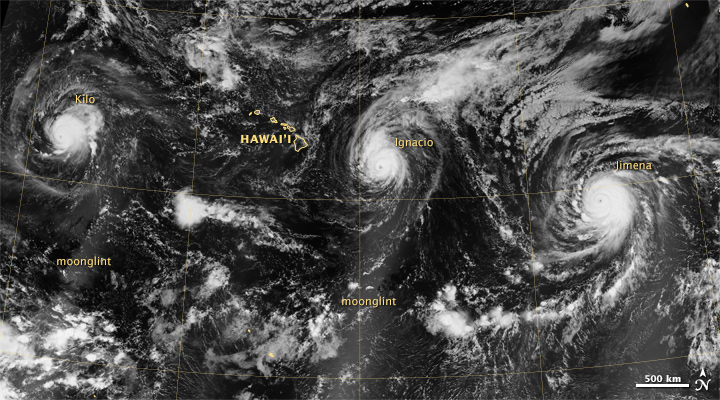 NASA
NASA
EPA’s Clean Power Plan Published – as Record Hurricanes Show Consequences of Climate Inaction
Today, the EPA published the final version of the Clean Power Plan in the Federal Register. This is an important procedural step towards reducing American emissions. is great news for Americans who support action on climate change. The Clean Power Plan sets sensible limits on carbon pollution from power plants, along the lines of other federal safeguards for dangerous pollution like mercury, arsenic and soot.
Publishing the Clean Power Plan in the Federal Register marks the beginning of the implementation, interpretation and review process. This procedural action marks the start of a period where the Clean Power Plan is subject to Congressional review under the Congressional Review Act (CRA). Some in Congress have threatened to disapprove the Clean Power Plan through CRA procedures, and some states are planning legal action against it.
Repealing the Clean Power Plan would be reckless, disregarding the very real impacts that are happening now.
One of those impacts is the increasing intensity of extreme storms like Hurricanes. While it may not have reached into the American political debate, this year’s northern hemisphere Tropical Storm season has broken records: 22 typhoons and hurricanes this year that are of Category 4 and 5 – featuring wind speeds of greater than 130 miles per hour. This beat the past record of 18, set in 2004.
This year there is a growing El Niño in the Eastern Pacific, which means that there are higher than average Pacific Ocean surface temperatures. While El Niño is a natural cycle, it is warmer than it has ever been, as climate change has caused increased heat to be absorbed by the Pacific over the last decade. With the coming of El Niño, that excess heat has welled-up to the surface and is released into the atmosphere. This heat has spawned the record number of intense Hurricanes and Super-Typhoons. Therefore, while we cannot say that climate change “caused” any of these storms, it is more accurate to say that warming has made them more powerful and more dangerous.
All but one of these occurred in the Pacific Ocean, and that may account for why you heard more about the one (Joaquin) that threatened the American east coast than the other 21.
While we should celebrate that the US hasn’t seen a direct hit from a major Hurricane for several years, we cannot forget should realize that the rest of the world is seeing record activity, with real consequences. As I write this, Hurricane Patricia is charging directly for the Mexican coast. With winds of over 200 miles per hour- more than the record breaking storm Haiyan in the Philippines in 2013, it could cause grave damage.
This year’s storm season shows that it is too late to prevent all the effects of climate change, but it also makes clear the consequences for the future should we fail.
As we prepare for a critical meeting of world leaders in Paris in December, American action on climate change sends a signal that our country is acting. The Clean Power Plan deserves support, not lawsuits.





